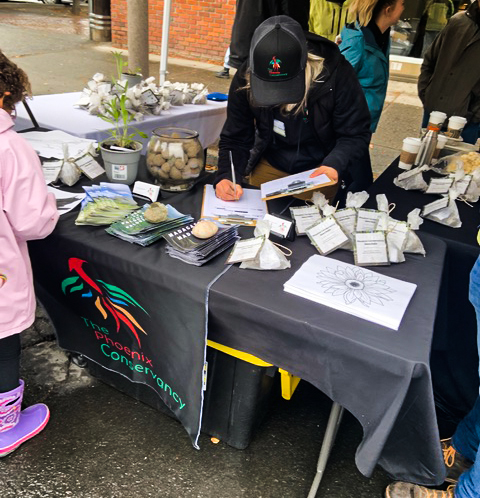Group works to restore Pullman-native plants
Goals for restoration include uprooting invasive plants

The Phoenix Conservancy group will use its funding for restoration efforts on the Conservation Park and is working on the project with the city of Pullman.
October 1, 2019
The Phoenix Conservancy is working with the city of Pullman to restore the native plants in Conservation Park.
Alan Davis, superintendent of parks for the city of Pullman, said the Phoenix Conservancy’s goal is to find conservation solutions. The memorandum of understanding was signed in July.
The memorandum gives the group permission from the city to work on Conservation Park.
Bernie Traversari, Palouse community outreach coordinator, said the project will allow the conservancy group to use its funding to restore the park to its natural state as part of the Palouse Prairie ecosystem.
Davis said after surveying the land they were able to come up with a few objectives for the project.
One objective is to increase the amount of space on the land by clearing away the invasive plants which will give room for the native species. They plan to create more trails at the park for the community to walk through. They also want to restore the native ecosystem, he said.
Davis said after the restoration process the city of Pullman will want to collaborate with the Phoenix conservancy to place signs around the park illustrating the importance of conservation in the community.
Traversari said the Conservation Park is filled with a mix of invasive and non-native plants. The group is working to remove those plants and begin planting only native plants in order for the park to resemble its natural state.
He said restoring the park is important mainly because there is only about 1 percent of the Palouse Prairie remaining and most of the plants seen around the Palouse are not native. Restoration will also serve as an educational tool for the community about what the Palouse Prairie is and give people the chance to learn how to identify plants.
“We really want the park to be a community project and we really want people to get involved in upcoming projects,” Traversari said.




















